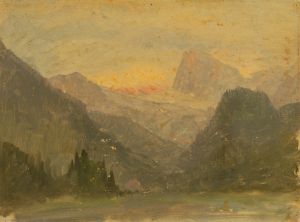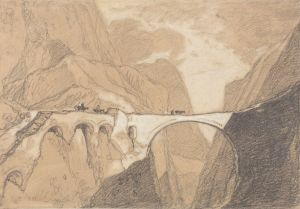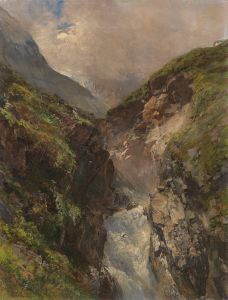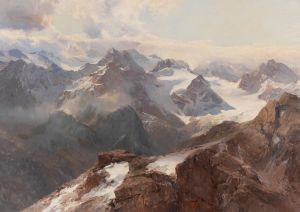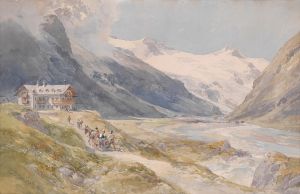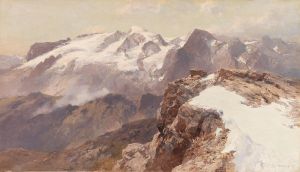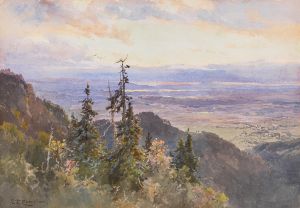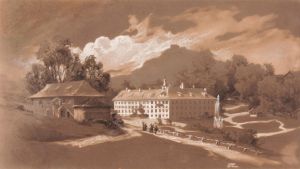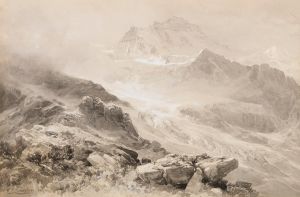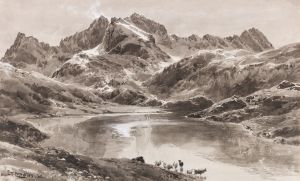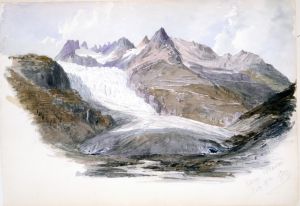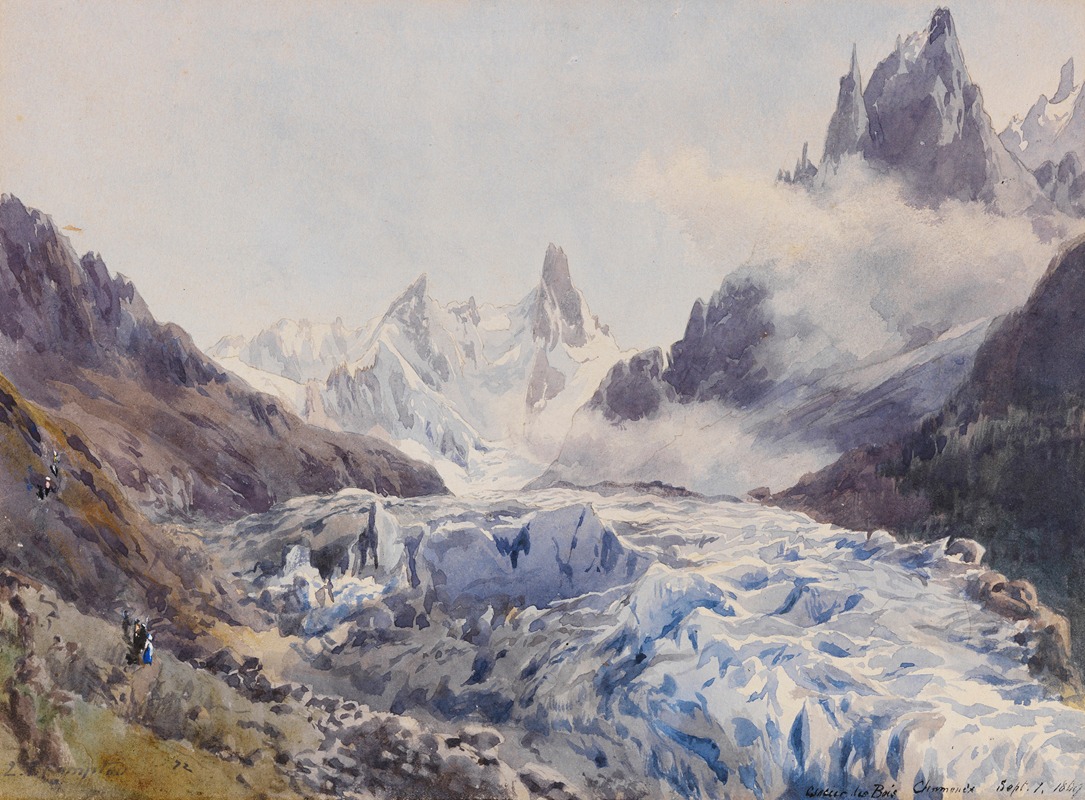
Glacier des Bois, Chamonix
A hand-painted replica of Edward Theodore Compton’s masterpiece Glacier des Bois, Chamonix, meticulously crafted by professional artists to capture the true essence of the original. Each piece is created with museum-quality canvas and rare mineral pigments, carefully painted by experienced artists with delicate brushstrokes and rich, layered colors to perfectly recreate the texture of the original artwork. Unlike machine-printed reproductions, this hand-painted version brings the painting to life, infused with the artist’s emotions and skill in every stroke. Whether for personal collection or home decoration, it instantly elevates the artistic atmosphere of any space.
Edward Theodore Compton was a renowned English-born artist and mountaineer, celebrated for his detailed and evocative landscape paintings, particularly those depicting the Alps. Born in 1849, Compton developed a passion for both art and mountaineering, which he combined to create a unique body of work that captures the majesty and grandeur of mountainous landscapes. His paintings are noted for their accuracy and attention to detail, reflecting his deep understanding and appreciation of the natural world.
"Glacier des Bois, Chamonix" is one of Compton's notable works, showcasing his skill in portraying the dramatic and awe-inspiring scenery of the Alps. The painting depicts the Glacier des Bois, which is part of the Mer de Glace, the largest glacier in France, located on the northern slopes of the Mont Blanc massif in the Chamonix Valley. This glacier has been a significant attraction for tourists and artists alike, drawn by its impressive size and the stunning views it offers of the surrounding mountains.
Compton's work is characterized by its meticulous attention to the interplay of light and shadow, as well as the intricate details of the rocky and icy surfaces. In "Glacier des Bois, Chamonix," he captures the serene yet formidable presence of the glacier, conveying both its beauty and its power. The painting reflects Compton's ability to translate the complex textures and forms of the natural landscape onto canvas, creating a sense of depth and realism that invites viewers to immerse themselves in the scene.
Throughout his career, Compton traveled extensively in the Alps, often undertaking challenging climbs to reach vantage points that would allow him to capture the most striking views. His dual passion for art and mountaineering is evident in his work, as he often painted from sketches made during his expeditions. This approach not only ensured the accuracy of his depictions but also infused his paintings with a sense of adventure and exploration.
Compton's contributions to art and mountaineering were recognized during his lifetime, and his works continue to be appreciated for their artistic and historical value. His paintings serve as a visual record of the Alpine landscape during the late 19th and early 20th centuries, a period when the region was becoming increasingly accessible to tourists and climbers. "Glacier des Bois, Chamonix" is a testament to Compton's skill and dedication, capturing a moment in time with both artistic flair and scientific precision.
In addition to his paintings, Compton's legacy includes his influence on other artists and mountaineers. His work inspired a greater appreciation for the natural beauty of the Alps and encouraged others to explore and document these landscapes. Today, his paintings are held in various collections and continue to be studied and admired by art enthusiasts and historians alike.
Overall, "Glacier des Bois, Chamonix" exemplifies Edward Theodore Compton's mastery of landscape painting and his deep connection to the Alpine environment. Through his art, Compton not only depicted the physical characteristics of the mountains but also conveyed their emotional and spiritual impact, inviting viewers to share in his awe and reverence for these majestic natural wonders.





